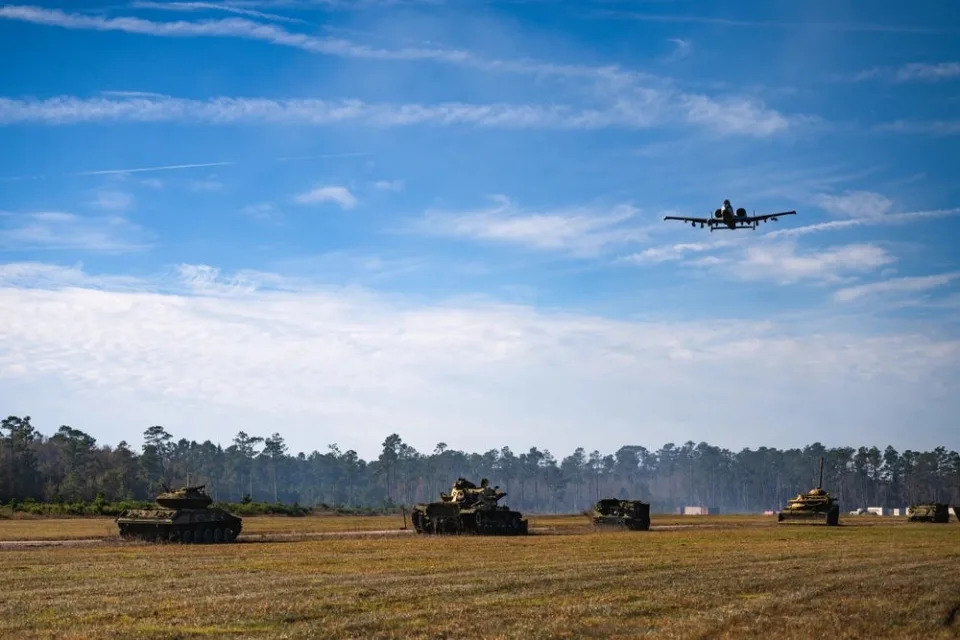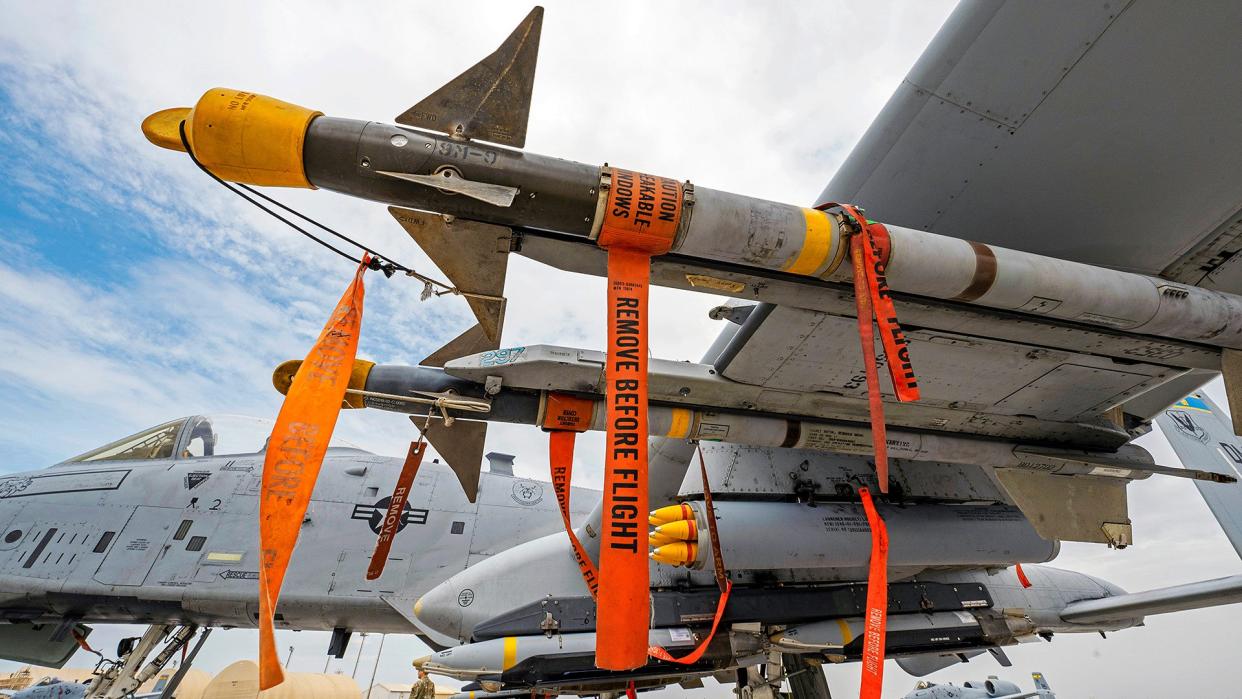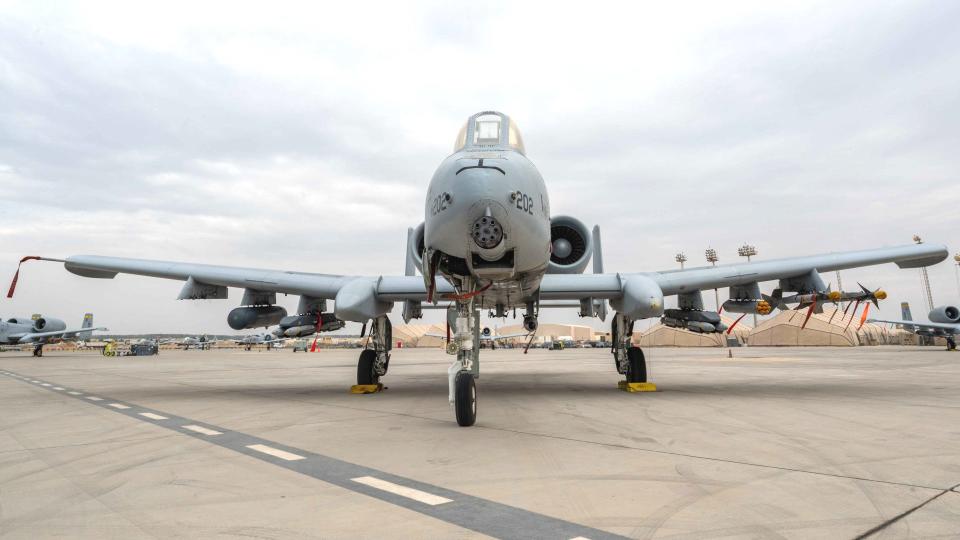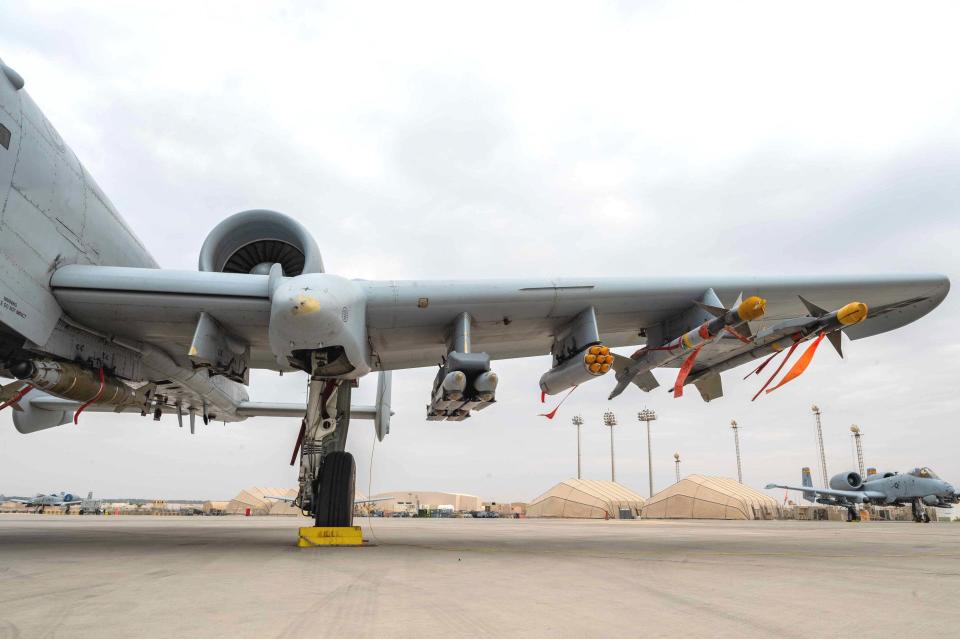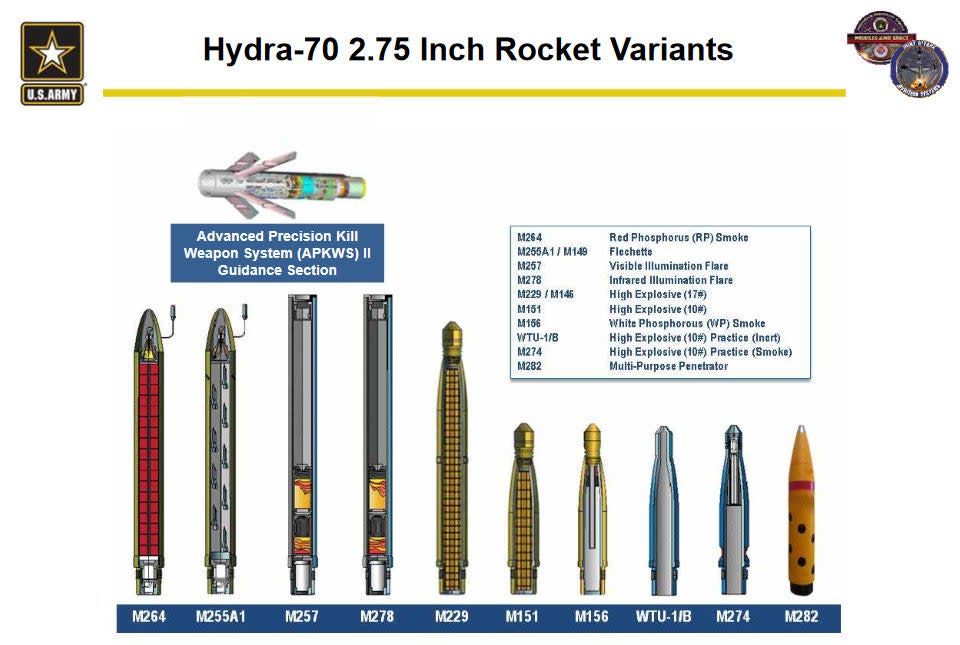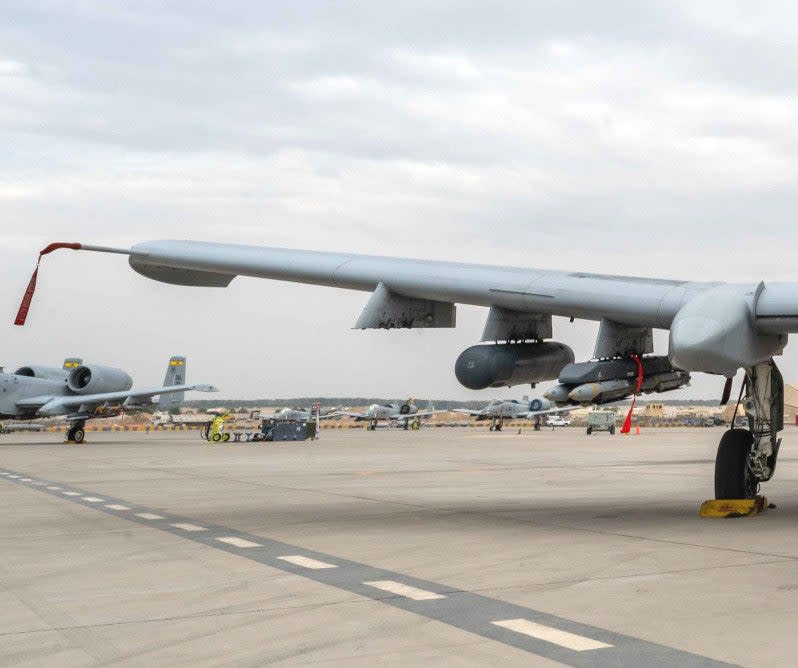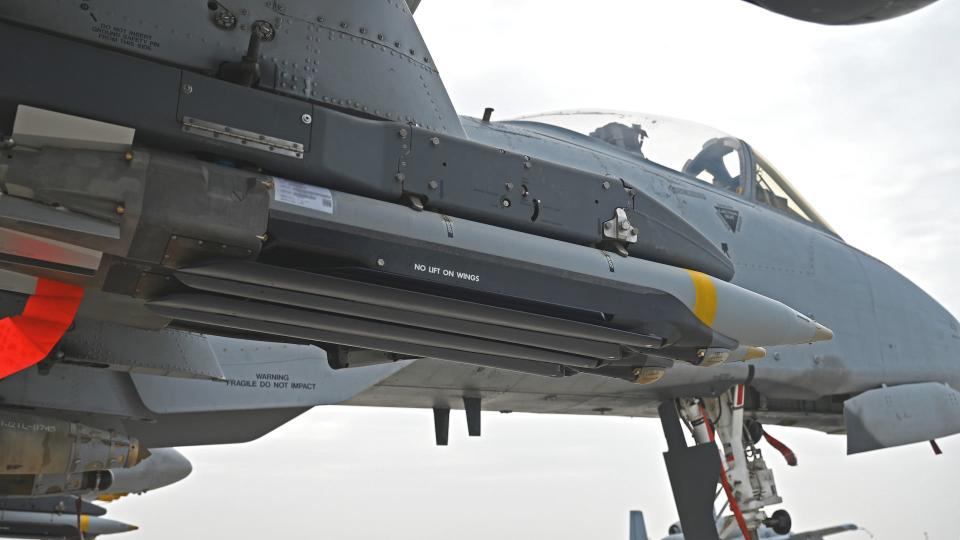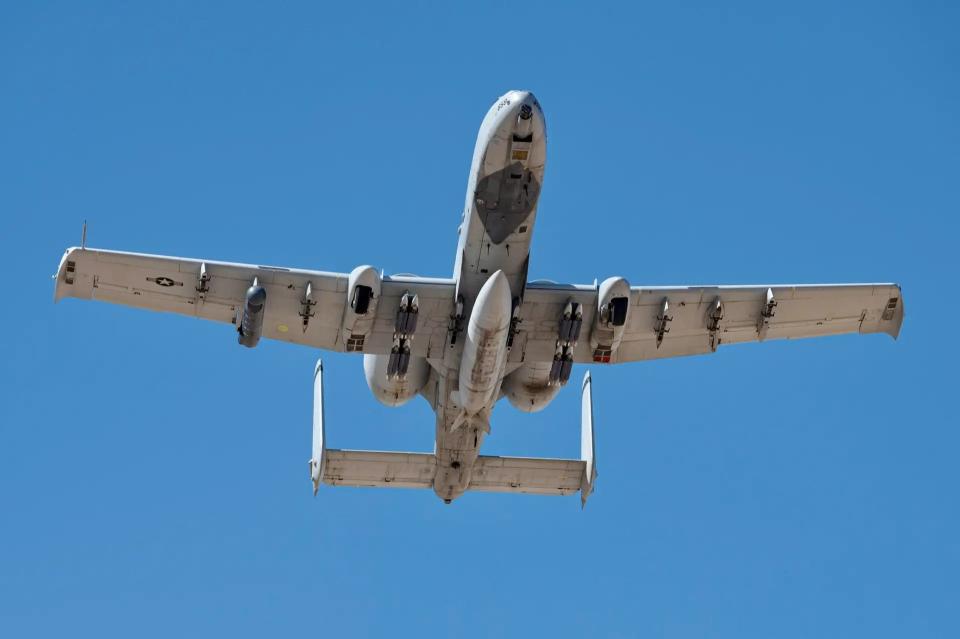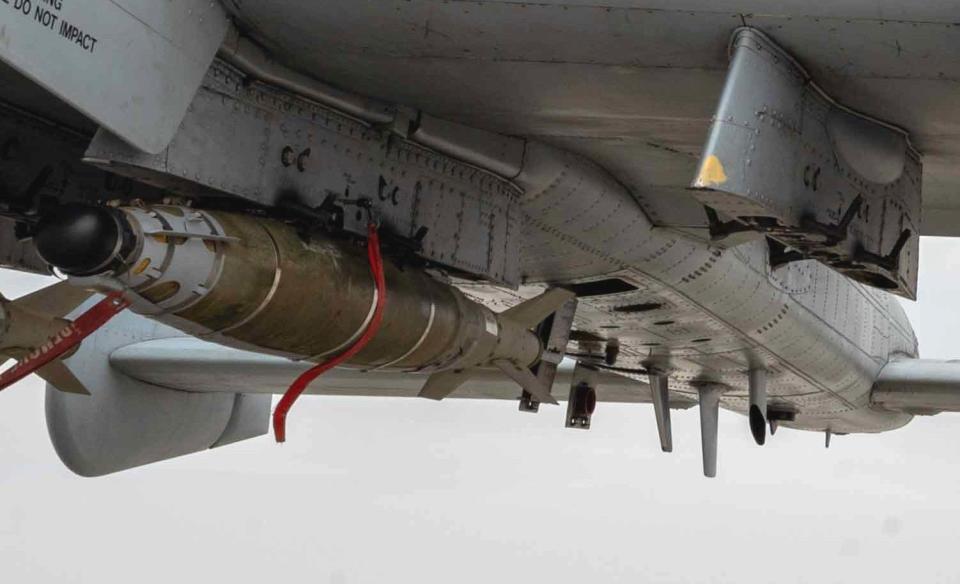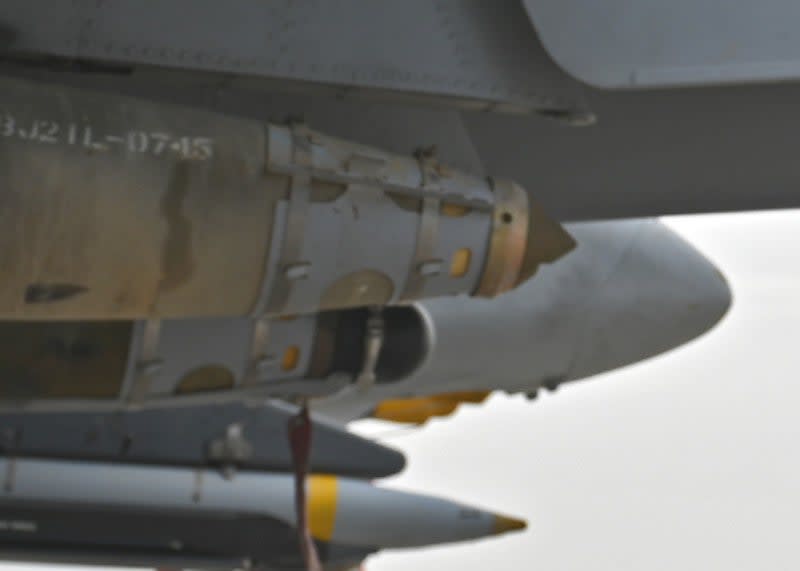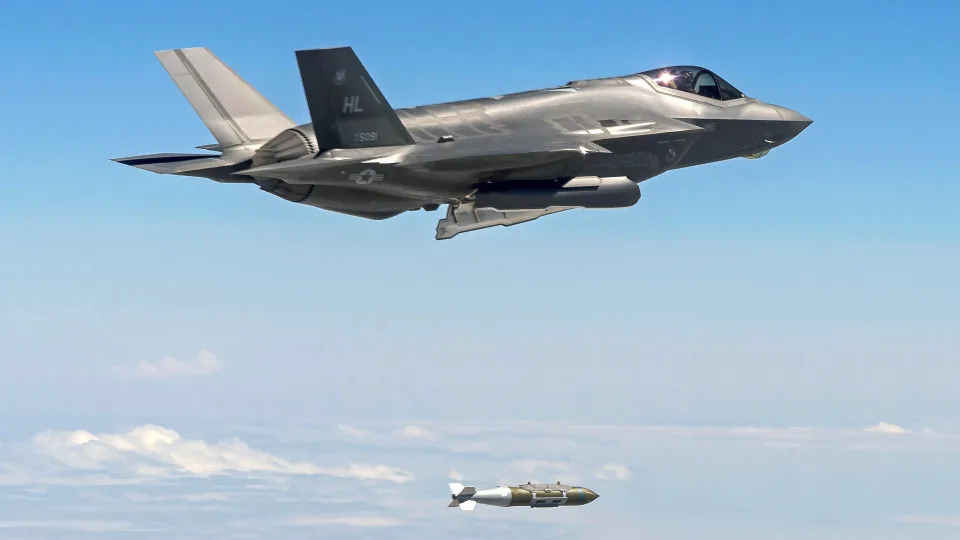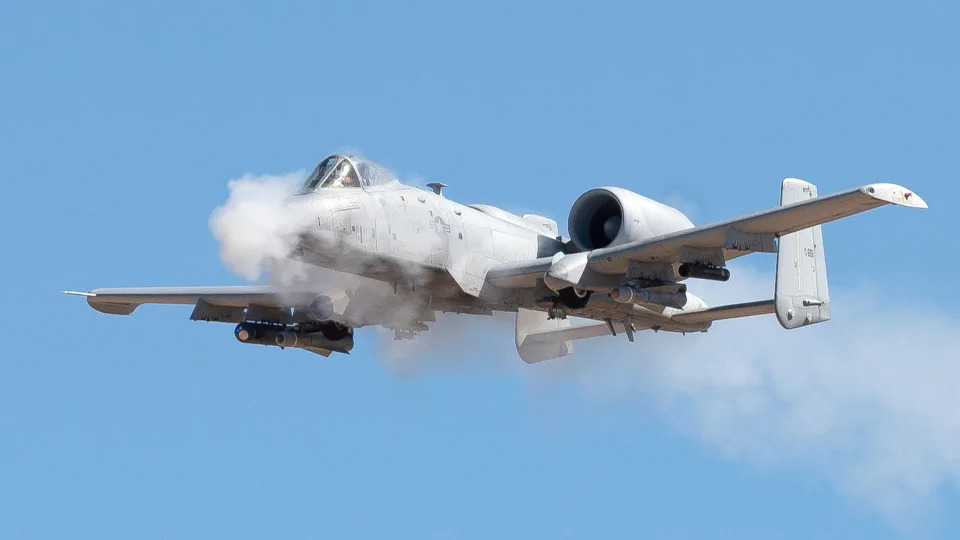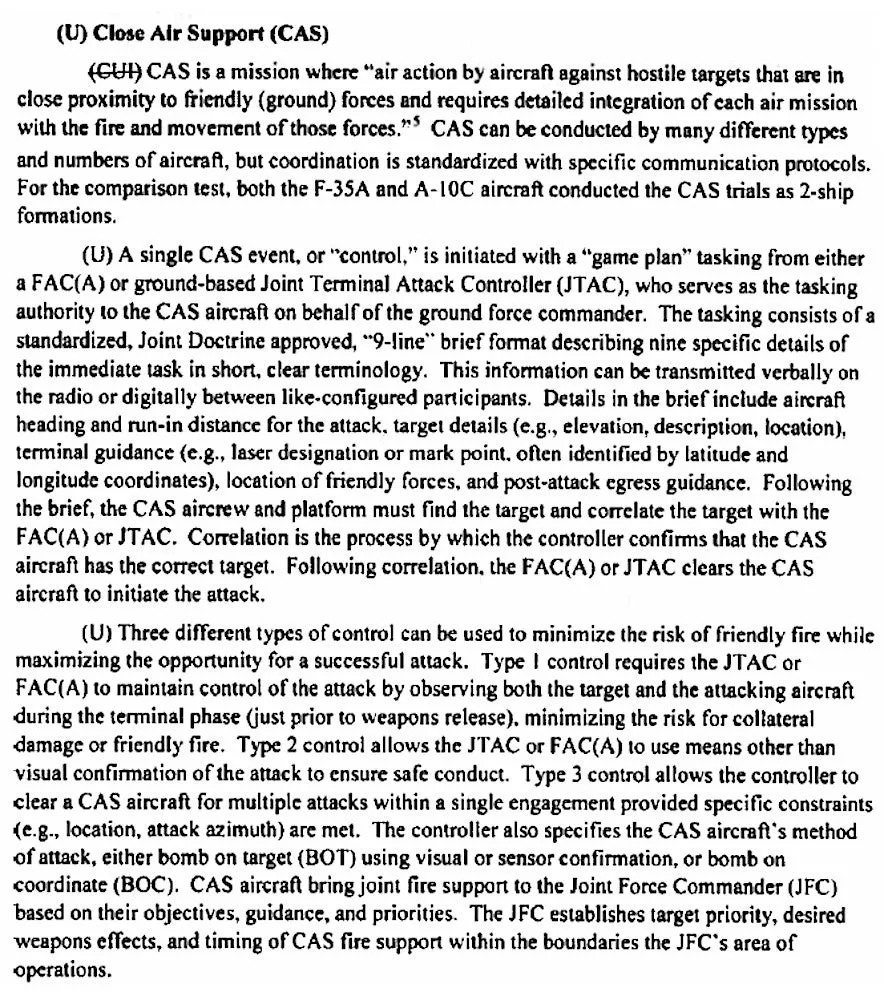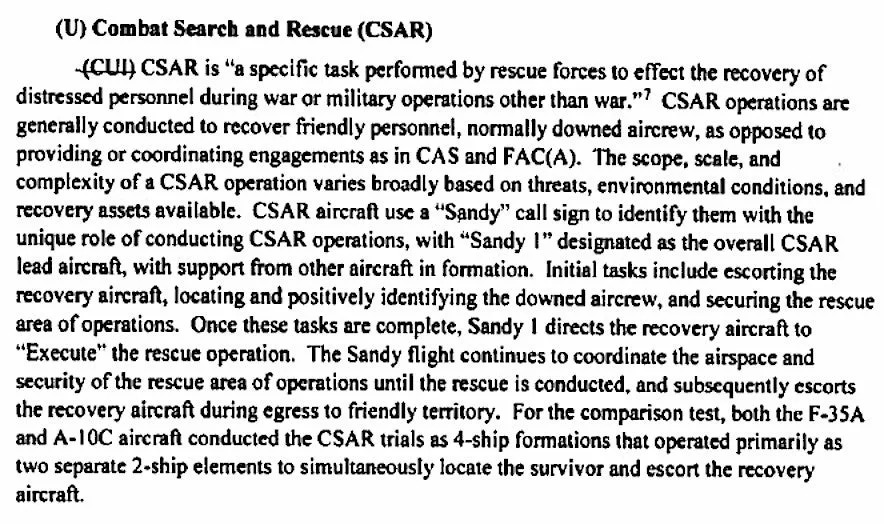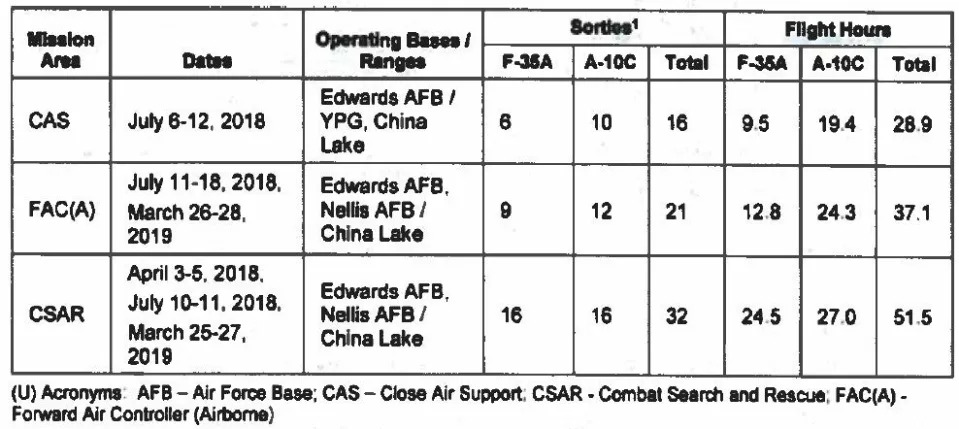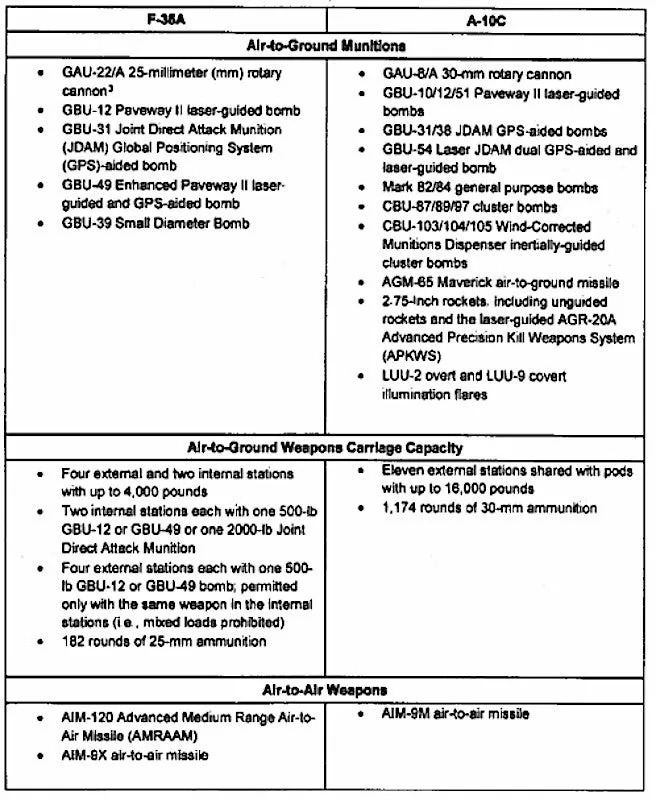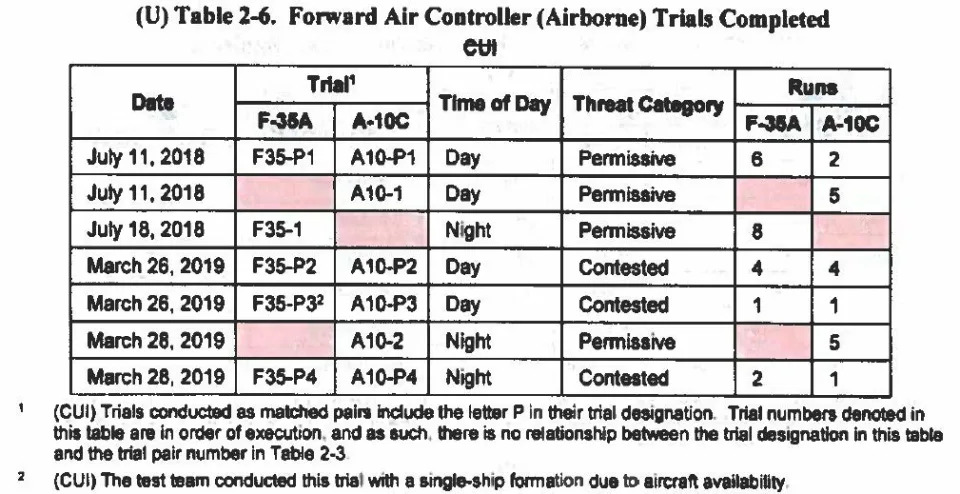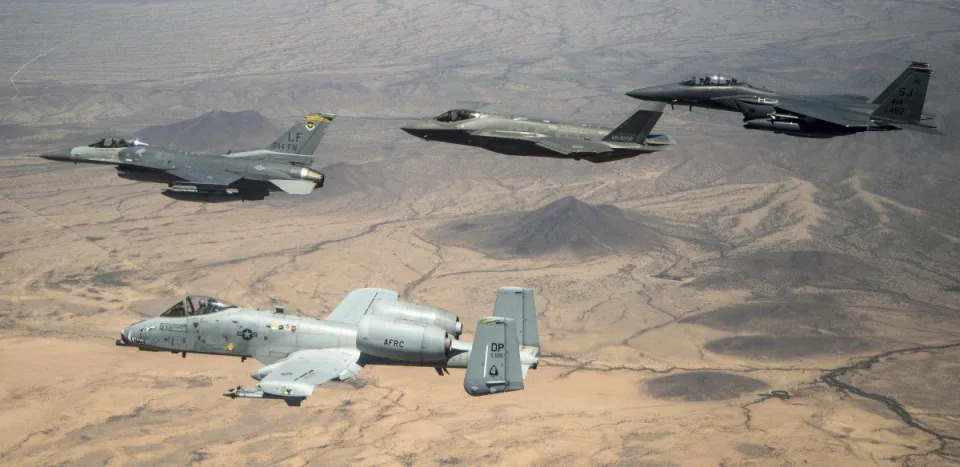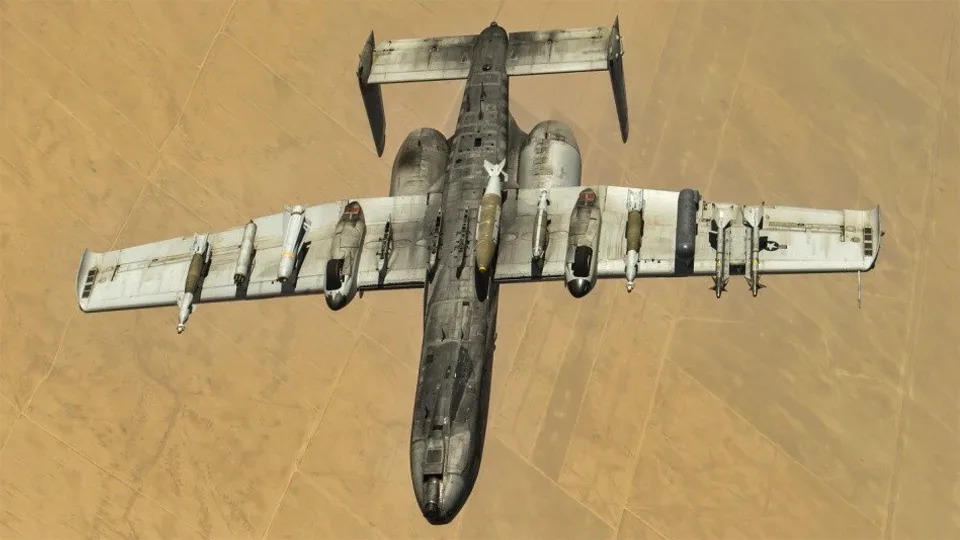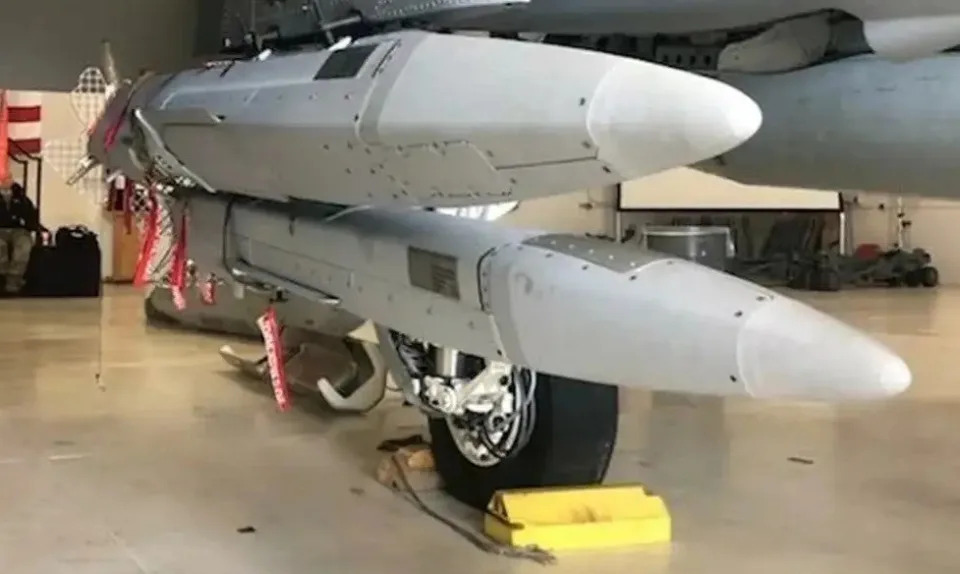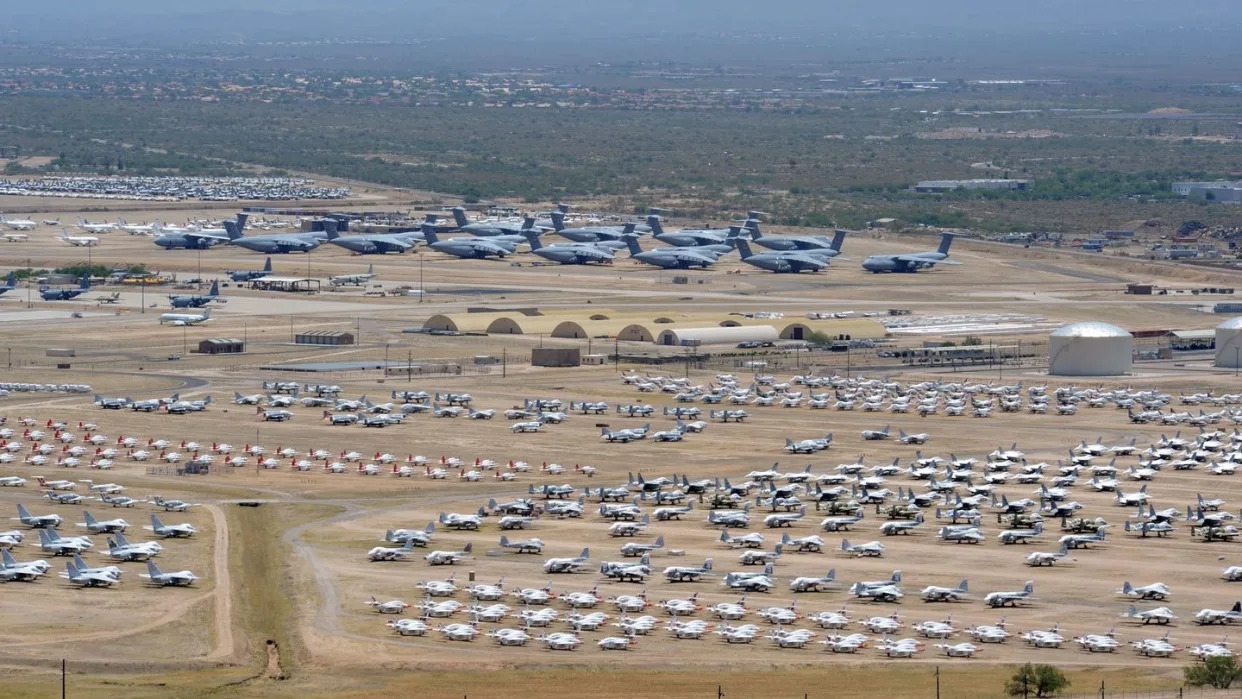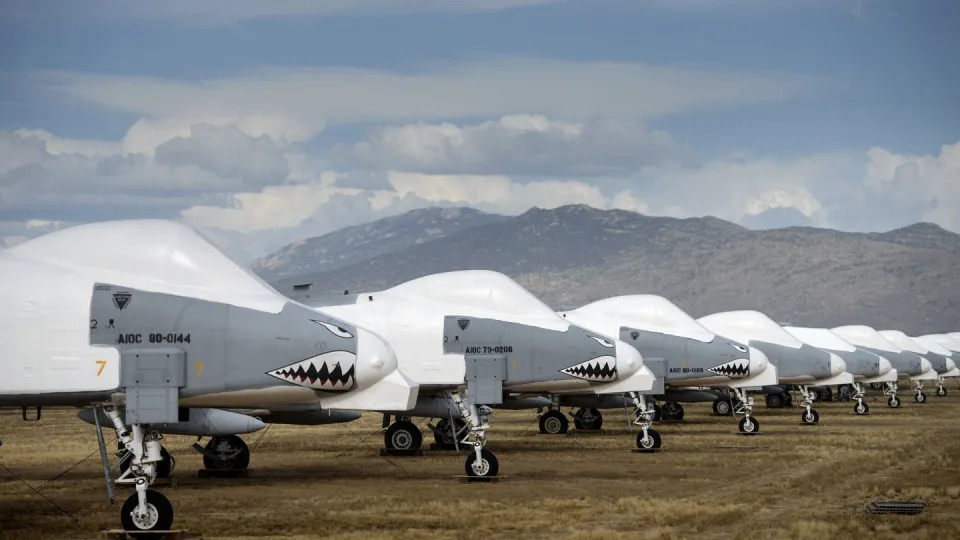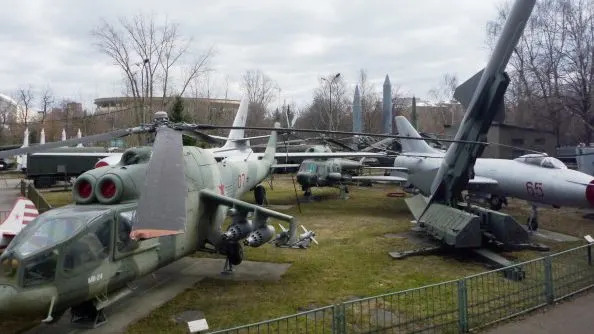By Craig Murray

A truly seismic change in the Middle East appears to be happening very fast. At its heart is a devil’s bargain – Turkey and the Gulf States accept the annihilation of the Palestinian nation and creation of a Greater Israel, in return for the annihilation of the Shia minorities of Syria and Lebanon and the imposition of Salafism across the Eastern Arab world.
This also spells the end for Lebanon and Syria’s Christian communities, as witness the tearing down of all Christmas decorations, the smashing of all alcohol and the forced imposition of the veil on women in Aleppo now.
Yesterday US Warthog air-to-ground jets attacked and severely depleted reinforcements which were, at the invitation of the Syrian government, en route to Syria from Iraq. Constant, daily Israeli airstrikes on Syria’s military infrastructure for months have been a major factor in the demoralisation and reduced capacity of the Syrian government’s Syrian Arab Army, which has simply evaporated in Aleppo and Hama.
It is very difficult to see the tide turning in Syria. The Russians now have either to massively reinforce their Syrian bases with ground troops or to evacuate them. Faced with the exigencies of Ukraine, they may do the latter, and it is reported that the Russian navy has already set sail from Tartus.
The speed of collapse of Syria has taken everybody by surprise. If the situation does not stabilise, Damascus could be besieged and ISIS back on the hills above the Bekaa valley within a week, given the speed of their advance and the short distances involved.
A renewed Israeli attack on Southern Lebanon to coincide with a Salafist invasion of the Bekaa Valley would then seem inevitable, as the Israelis would obviously wish their border with their new Taliban-style Greater Syrian neighbour to be as far North as possible. It could be a race for Beirut, unless the Americans have already organised who gets it.
It is no coincidence that the attack on Syria started the day of the Lebanon/Israel ceasefire. The jihadist forces do not want to be seen to be fighting alongside Israel, even though they are fighting forces which have been relentlessly bombed by Israel, and in the case of Hezbollah are exhausted from fighting Israel.
The Times of Israel has no compunction about saying the quiet part out loud, unlike the British media:

In fact Israeli media is giving a lot more truth about the Syrian rebel forces than British and American media just now. This is another article from the Times of Israel:
While HTS officially seceded from Al Qaeda in 2016, it remains a Salafi jihadi organization designated as a terror organization in the US, the EU and other countries, with tens of thousands of fighters.
Its sudden surge raises concerns that a potential takeover of Syria could transform it into an Islamist, Taliban-like regime – with repercussions for Israel at its south-western border. Others, however, see the offensive as a positive development for Israel and a further blow to the Iranian axis in the region.
Contrast this to the UK media, which from the Telegraph and Express to the Guardian has promoted the official narrative that not just the same organisations, but the same people responsible for mass torture and executions of non-Sunnis, including Western journalists, are now cuddly liberals.
Nowhere is this more obvious than the case of Abu Mohammad Al-Jolani, sometimes spelt Al-Julani or Al-Golani, who is now being boosted throughout western media as a moderate leader. He was the deputy leader of ISIS, and the CIA actually has a $10 million bounty on his head! Yes, that is the same CIA which is funding and equipping him and giving him air support.
Supporters of the Syrian rebels still attempt to deny that they have Israeli and US support – despite the fact that almost a decade ago there was open Congressional testimony in the USA that, to that point, over half a billion dollars had been spent on assistance to Syrian rebel forces, and the Israelis have openly been providing medical and other services to the jihadists and effective air support.
One interesting consequence of this joint NATO/Israel support for the jihadist groups in Syria is a further perversion of domestic rule of law. To take the UK as an example, under Section 12 of the Terrorism Act it is illegal to state an opinion that supports, or may lead somebody else to support, a proscribed organisation.
The abuse of this provision by British police to persecute Palestinian supporters for allegedly encouraging support for proscribed organisations Hamas and Hezbollah is notorious, with even tangential alleged references leading to arrest. Sarah Wilkinson, Richard Medhurst, Asa Winstanley, Richard Barnard and myself are all notable victims, and the persecution has been greatly intensified by Keir Starmer.
Yet Hay’at Tahrir Al-Sham (HTS) is also a proscribed group in the UK. But both British mainstream media and British Muslim outlets have been openly promoting and praising HTS for a week – frankly much more openly than I have ever witnessed anyone in the UK support Hamas and Hezbollah – and not a single person has been arrested or even warned by UK police.

For the record, I think it is an appalling law, and nobody should be prosecuted for expressing an opinion either way. But the politically biased application of the law is undeniable.
When the entire corporate and state media in the West puts out a unified narrative that Syrians are overjoyed to be released by HTS from the tyranny of the Assad regime – and says nothing whatsoever of the accompanying torture and execution of Shias, and destruction of Christmas decorations and icons – it ought to be obvious to everybody where this is coming from.
Yet – and this is another UK domestic repercussion – a very substantial number of Muslims in the UK support HTS and the Syrian rebels, because of the funding pumped into UK mosques from Saudi and Emirate Salafist sources. This is allied to the UK security service influence also wielded through the mosques, both by sponsorship programmes and “think tanks” benefiting approved religious leaders, and by the execrable coercive Prevent programme.
UK Muslim outlets that have been ostensibly pro-Palestinian – like Middle East Eye and 5 Pillars – enthusiastically back Israel’s Syrian allies in ensuring the destruction of resistance to the genocide of the Palestinians. Al Jazeera alternates between items detailing dreadful massacre in Palestine, and items extolling the Syrian rebels bringing Israel-allied rule to Syria.
Among the mechanisms they employ to reconcile this is a refusal to acknowledge the vital role of Syria in enabling the supply of weapons from Iran to Hezbollah. Which supply the jihadists have now cut off, to the absolute delight of Israel, and in conjunction with both Israeli and US air strikes.
In the final analysis, for many Sunni Muslims both in the Middle East and in the West, the pull seems to be stronger of sectarian hatred of the Shia and the imposition of Salafism, than preventing the ultimate destruction of the Palestinian nation.
I am not a Muslim. My Muslim friends happen to be almost entirely Sunni. I personally regard the continuing division over the leadership of the religion over a millennium ago as deeply unhelpful and a source of unnecessary continued hate.
But as a historian I do know that the western colonial powers have consciously and explicitly used the Sunni/Shia split for centuries to divide and rule. In the 1830’s, Alexander Burnes was writing reports on how to use the division in Sind between Shia rulers and Sunni populations to aid British colonial expansion.
On 12 May 1838, in his letter from Simla setting out his decision to launch the first British invasion of Afghanistan, British Governor General Lord Auckland included plans to exploit Shia/Sunni division in both Sind and Afghanistan to aid the British military attack.
The colonial powers have been doing it for centuries, Muslim communities keep falling for it, and the British and Americans are doing it right now to further their remodelling of the Middle East.
Simply put, many Sunni Muslims have been brainwashed into hating Shia Muslims more than they hate those currently committing genocide of an overwhelmingly Sunni population in Gaza.
I refer to the UK because I witnessed this first hand during the election campaign in Blackburn. But the same is true all over the Muslim world. Not one Sunni Muslim-led state has lifted a single finger to prevent the genocide of the Palestinians.
Their leadership is using anti-Shia sectarianism to maintain popular support for a de facto alliance with Israel against the only groups – Iran, Houthi and Hezbollah – which actually did attempt to give the Palestinians practical support in resistance. And against the Syrian government which facilitated supply.
The unspoken but very real bargain is this. The Sunni powers will accept the wiping out of the entire Palestinian nation and formation of Greater Israel, in return for the annihilation of the Shia communities in Syria and Lebanon by Israel and forces backed by NATO (including Turkey).
There are, of course, contradictions in this grand alliance. The United States’ Kurdish allies in Iraq are unlikely to be happy with Turkey’s destruction of Kurdish groups in Syria, which is what Erdoğan gains from Turkey’s very active military role in toppling Syria – in addition to extending Turkish control of oilfields.
The Iran-friendly Iraqi government will have further difficulty with reconciling US continuing occupation of swathes of its country, as they realise they are the next target.
The Lebanese army is under control of the USA, and Hezbollah must have been greatly weakened to have agreed the disastrous ceasefire with Israel. Christian fascist militias traditionally allied to Israel are increasingly visible in parts of Beirut, though whether they would be stupid enough to make common cause with jihadists from the North may be open to question. But should Syria fall entirely to jihadist rule – which may happen fast – I do not rule out Lebanon following very quickly indeed, and being integrated into a Salafist Greater Syria.
How the Palestinians of Jordan would react to this disastrous turn of events, it is hard to be sure. The British puppet Hashemite Kingdom is the designated destination for ethnically cleansed West Bank Palestinians under the Greater Israel plan.
What this all potentially amounts to is the end of pluralism in the Levant and its replacement by supremacism. An ethno-supremacist Greater Israel and a religio-supremacist Salafist Greater Syria.
Unlike many readers, I have never been a fan of the Assad regime or blind to its human rights violations. But what it did undeniably do was maintain a pluralist state where the most amazing historical religious and community traditions – including Sunni (and many Sunni do support Assad), Shia, Alaouites, descendants of the first Christians, and speakers of Aramaic, the language of Jesus – were all able to co-exist.
The same is true of Lebanon.
What we are witnessing is the destruction of that and imposition of a Saudi-style rule. All the little cultural things that indicate pluralism – from Christmas trees to language classes to winemaking to women going unveiled – have just been destroyed in Aleppo and could be destroyed from Damascus to Beirut.
I do not pretend that there are not genuine liberal democrats among the opposition to Assad. But they have negligible military significance, and the idea that they would be influential in a new government is delusion.
In Israel, which pretended to be a pluralist state, the mask is off. The Muslim call to prayer has just been banned. Arab minority members of the Knesset have been suspended for criticising Netanyahu and genocide. More walls and gates are built every day, not just in unlawfully occupied territories but in the “state of Israel” itself, to enforce apartheid.
I confess I once had the impression that Hezbollah was itself a religio-supremacist organisation; the dress and style of its leadership look theocratic. Then I came here and visited places like Tyre, which has been under Hezbollah elected local government for decades, and found that swimwear and alcohol are allowed on the beach and the veil is optional, while there are completely unmolested Christian communities there.
I will never now see Gaza, but wonder if I might have been similarly surprised by Hamas rule.
It is the United States which is promoting the cause of religious extremism and of the end, all over the Middle East, of a societal pluralism similar to Western norms. That is of course a direct consequence of the United States being allied to both the two religio-supremacist centres of Israel and Saudi Arabia.
It is the USA which is destroying pluralism, and it is Iran and its allies which defend pluralism. I would not have seen this clearly had I not come here. But once seen, it is blindingly obvious.





